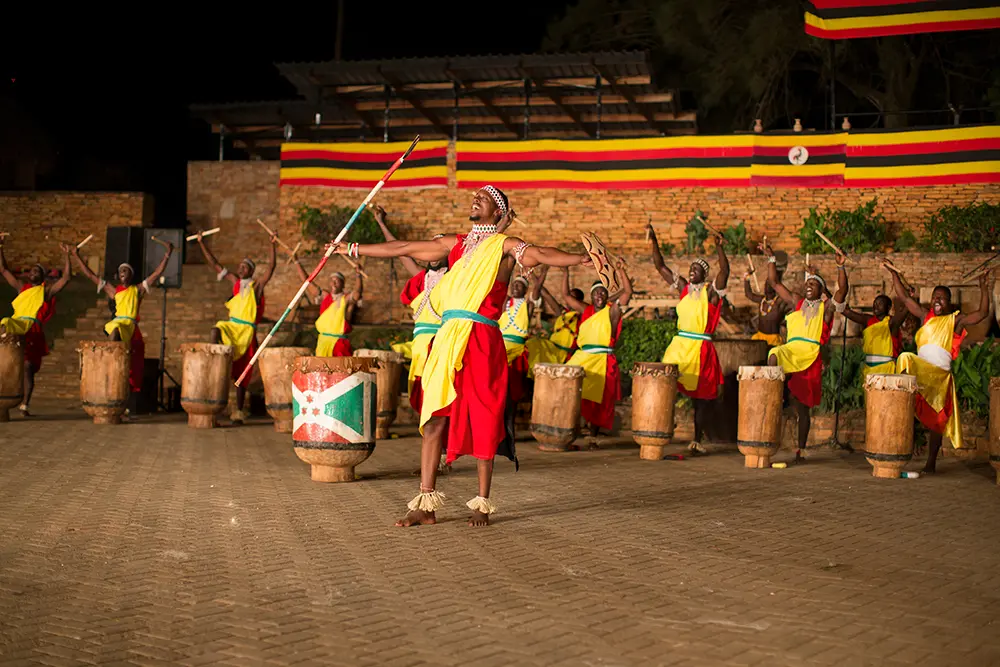Yes, tree-climbing lions can be found in the Ishasha sector of Queen Elizabeth National Park. This behavior is quite unusual for lions, as they are not typically known for their climbing abilities. However, the lions in this region have adapted to their environment, which includes large fig trees, by climbing up into the branches to escape the heat and possibly to get a better vantage point for hunting. Seeing these lions in trees is a unique and memorable experience for visitors to the park.
Queen Elizabeth National Park in Uganda offers a variety of activities for visitors beyond just observing the famous tree-climbing lions. Here are some things you can do while visiting the park:
Game Drives: Embark on a safari game drive through the park, where you can spot a wide range of wildlife including elephants, buffaloes, antelopes, hippos, crocodiles, and of course, the tree-climbing lions. The park is known for its diverse ecosystems, which support a rich array of animal species.
Boat Safaris: Take a boat safari along the Kazinga Channel, which connects Lake George and Lake Edward. This offers an excellent opportunity to see hippos, crocodiles, and numerous bird species along the shoreline. The boat trip provides a unique perspective and allows for close-up encounters with wildlife.
Chimpanzee Tracking: Join a guided chimpanzee tracking expedition in the Kyambura Gorge or Kalinzu Forest Reserve, both of which are part of the greater Queen Elizabeth Conservation Area. These experiences offer the chance to observe chimpanzees in their natural habitat and learn about their behavior and conservation.
Birdwatching: Queen Elizabeth National Park is a haven for birdwatchers, boasting over 600 bird species. You can explore various habitats within the park, such as savannah, wetlands, and forests, to spot a diverse range of birdlife including the iconic African fish eagle, shoebill stork, and numerous migratory species.
Cultural Encounters: Visit nearby communities and engage in cultural experiences to learn about the traditions, lifestyles, and crafts of the local people. This may include visiting traditional homesteads, participating in cultural performances, or purchasing locally-made crafts and souvenirs.
Nature Walks and Hiking: Explore the park on foot with guided nature walks or hiking trails, which offer opportunities to discover the park’s flora, fauna, and scenic landscapes up close. Trails vary in length and difficulty, catering to different interests and fitness levels.
Community Visits: Engage in community-based tourism initiatives and visit local projects supported by conservation efforts. This could involve visiting community-run enterprises, such as craft markets or cultural centers, and learning about the positive impact of tourism on local livelihoods and conservation efforts.
Remember to book activities in advance, especially during peak tourist seasons, and adhere to park regulations and guidelines to ensure a safe and enjoyable experience while respecting the park’s natural environment and wildlife.


